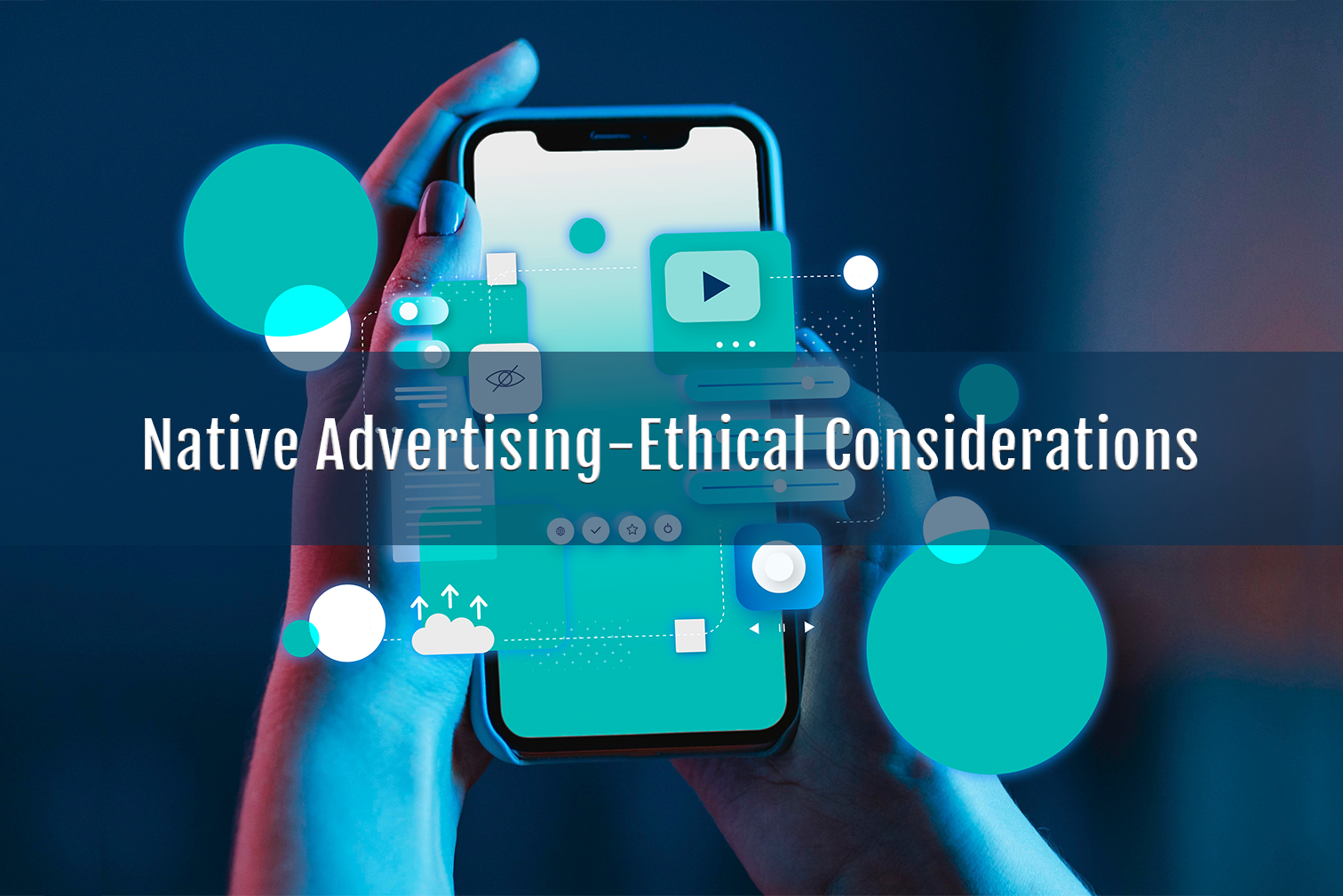Native Advertising: A Definition
Native advertising is the combination of promotional and non-promotional content. It’s an effective way to engage your audience without shouting, “BUY NOW!” Native advertising is the use of ads that masquerade as real content. Isn’t that sneaky? The goal of native advertising is to add value to your audiences while subtly promoting the product or brand you’re selling. Let’s dive in

The Ethics of Native Advertising
Native advertising has been around for a while, and it's a great way for brands to get their ads in front of people's eyes. But it can also leave people feeling like they're being taken advantage of. So how can we make sure that our native ads stay honest and authentic?
One way to do this is to make sure that brands are transparent about when they're paying for or sponsoring content. Don't hide behind any vague language or small disclaimers - let people know that you're selling to them and they can make an informed decision about what they're seeing. Plus, trust is a big deal, so it's important to make sure you're consistent with your messaging and keeping your promises. That way, you can keep your brand honest and reach your target audience, which is great for both you and them.
-
Disclosure and Transparency Guidelines
Native advertising is a popular way of marketing that mixes up promotional and editorial content. To keep it honest and trustworthy, there are a few things you need to keep in mind.- First, it's important to make it clear when your content is paid for or sponsored. That way, readers know it's advertising and can make better decisions.
- Second, you need to be transparent from start to finish. That means being honest about what you're trying to achieve and avoiding any shady tactics.
Building Trust with Consistency
If you want to build trust in your native advertising, consistency is key. It's not enough to just sprinkle a bit of transparency in here and there - you have to be consistent. So, here's what you need to do:- First, make sure your ads are labeled as such so people know it's organic.
- Second, be consistent with what you promise. Don't promise something you can't keep. People don't like it when you promise something and then don't deliver.
- Third, stay true to what your brand stands for. Don't just jump on whatever's trending - stay authentic and relevant. Remember that consistency builds trust, and that trust leads to more signups.
Creating Authentic and Relevant Content
In the world of native advertising, authenticity is the key to creating content that feels authentic and resonates with your audience. It’s not rocket science, really. Sarcasm, humor, and humor are all great ways to connect with your audience. They’re like an inside joke you tell to your best friend. So, let’s get personal.- First, you need to get to know your audience. Who are they? What are their interests? What are their motivations? What are their pain points? Go deep into your audience’s minds (metaphorically of course) and create content that speaks to them directly. Show your audience that you understand them.
- Second, you need to match your brand values with your content. You don’t want to come across as a fake. You want to look good and feel good. Make sure your messaging is consistent and consistent with your brand’s mission and values.
Monitoring and Evaluating Campaigns
So, you’ve got your native advertising campaign up and running. Now it’s time to monitor and evaluate the performance of your campaign. Monitoring and evaluating your campaign is like listening to the heartbeat of your campaign. It helps you to measure the success of your campaign and make the necessary improvements. Analyzing key metrics like click-through rate, conversion rate, and engagement level allows you to assess the effectiveness of your campaign. Set goals, monitor progress, and collect insights toimprove your future campaigns. Don’t forget to keep those evaluation goggles on! A thorough evaluation is the best way to unlock stellar results and refine your native advertising strategy
Conclusion:
At the end of the day, the foundation of native advertising is honesty and trust. Be honest, be authentic, and always deliver what you promise.
